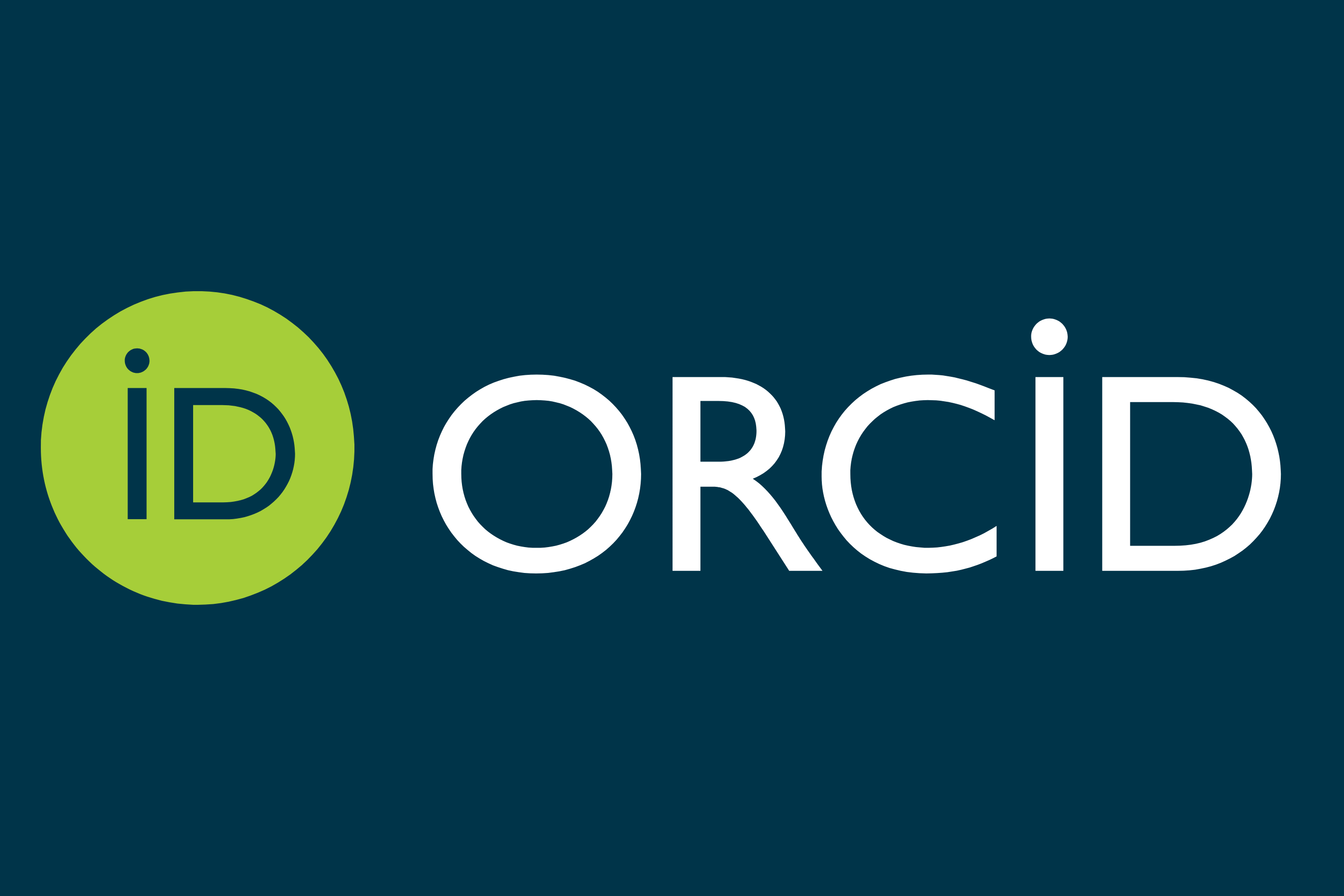Evaluation of mudarabah Sukuk returns as One of the Islamic Financial Instruments An Analytical Research for Sample of Islamic banks listed in London Stock Exchange
DOI:
https://doi.org/10.31272/jae.i121.288Abstract
The process of evaluating mudarabah Sukuk returns based on the basic principle
in the Islamic financial transactions, "al-ghunm bil ghurm" or profit and loss-sharing in
order to make the investment and financing decisions. This subject has occupied ample
space of Islamic financial and banking sciences because adoption of interest rates as an
indicator in determining the returns of sukuk, causing it to stagger the dealers with the
Islamic financial Instruments, when making investment and financing decisions, since the
interest is not compatible in the Islamic law. Moreover, investment in mudarabah sukuk
does not achieve its goal in achieving basic trade-off between return and risk associated
with the performance and the value of what it stands for assets. The research aimed to
provide a proposed sample for evaluating return of mudarabah Sukuk in accordance with
the right theoretical concept which does not depend on interest rates and be compatible
with Islamic law. To achieve the objective of the research, the banks that have issuance
of mudarabah sukuk in the London Stock Exchange has been selected (the biggest stocks
in the issuance of sukuk in the world), which numbered three banks and by three issue as
an area of research for the period (2012-2015).
The research came to a set of conclusions and recommendations, notably to the
differences between the actual returns achieved on the sukuk and the returns paid to the
investors can reduce investor confidence in this sukuk ,and the sukuk return should be based on the actual performance of underlying assets does not depend on interest rates
and be compatible with Islamic law.
Downloads
Published
Issue
Section
License
The journal of Administration & Economics is an open- access journal that all contents are free of charge. Articles of this journal are licensed under the terms of the Creative Commons Attribution International Public License CC-BY 4.0 (https://creativecommons.org/licenses/by/4.0/legalcode) that licensees are unrestrictly allowedto search, download, share, distribute, print, or link to the full text of the articles, crawl them for indexing and reproduce any medium of the articles provided that they give the author(s) proper credits (citation). The journal allows the author(s) to retain the copyright of their published article.
Creative Commons-Attribution (BY)









